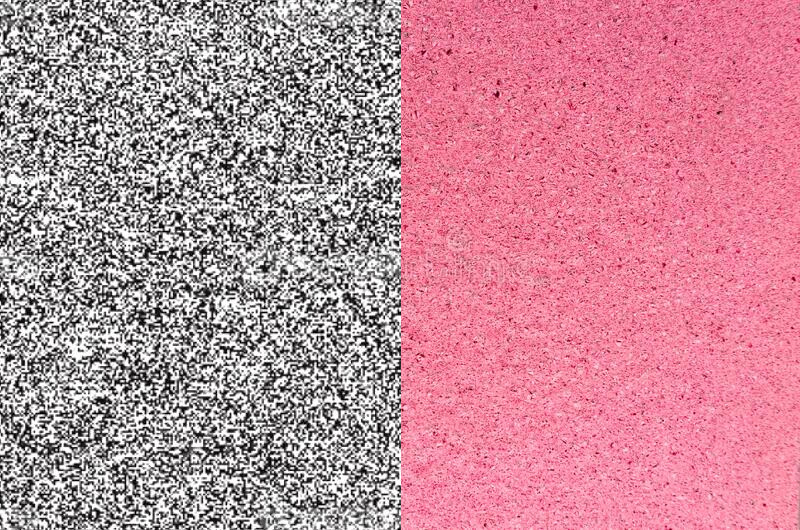
The difference between white noise, pink noise and noise masking
There's a fair chance you've heard of white noise before. You may have already read about how it can help you sleep, think and concentrate better, by masking unwanted sounds around you. And if you got a little curious about white noise, you've probably also heard of pink noise. You've been looking for ways to improve speech integrity and reduce disruptive interference in your office? Then you may already know about sound masking as a treatment for tinnitus.
In fact, many people use the terms white noise, pink noise, and noise masking interchangeably. And while referring to how such particular sounds do a good job of drowning out unwanted sensory stimuli, it's easy to assume that all colored noises, white/pink/brown noise generators, sound machines and sound masking systems are the same. However, they are not the same thing at all.
Introduction:
In the realm of sound therapy and relaxation, terms like white noise, pink noise, and noise masking are often used interchangeably, but they actually represent distinct concepts with unique properties and applications. In this article, we'll explore the differences between these types of sound and how they can be used for various purposes, from improving sleep to managing tinnitus and enhancing concentration.
White Noise:
White noise is perhaps the most well-known and widely used type of sound masking. It contains equal energy across all frequencies, resulting in a constant, steady sound that resembles the static of a television or radio tuned to an unused frequency. White noise effectively masks background noises and distractions by providing a consistent sound environment, making it popular for promoting relaxation, improving focus, and aiding sleep. Additionally, white noise has been utilized in treating tinnitus, as it can help mask the perceived ringing or buzzing in the ears, providing relief for some individuals.
Pink Noise:
Pink noise is similar to white noise but differs in its frequency distribution. While white noise contains equal energy across all frequencies, pink noise has equal energy per octave. This means that as the frequency increases, the power decreases, resulting in a softer, more natural-sounding noise. Pink noise is often described as having a smoother, more soothing quality compared to white noise. It is commonly used in sound therapy for relaxation, meditation, and sleep enhancement. Some research suggests that pink noise may have benefits for improving cognitive function and memory consolidation during sleep.
Noise Masking:
Noise masking involves the use of ambient sound to mask or cover up unwanted noises, such as traffic, conversations, or tinnitus-related sounds. Unlike white noise and pink noise, which are specific types of sounds, noise masking can encompass a variety of sounds, including nature sounds, ambient music, and electronic tones. The goal of noise masking is to create a more pleasant auditory environment by reducing the perception of disruptive sounds. This can be particularly helpful for individuals with tinnitus, as noise masking can help distract from or minimize the perception of the ringing or buzzing in the ears.
Applications and Benefits:
Each type of sound—white noise, pink noise, and noise masking—offers unique benefits and applications:
- White noise: Promotes relaxation, improves focus, aids sleep, and provides relief for tinnitus.
- Pink noise: Enhances relaxation, supports meditation, aids sleep, and may improve cognitive function.
- Noise masking: Reduces the perception of unwanted noises, helps mask tinnitus-related sounds, and creates a more peaceful auditory environment.
In conclusion, understanding the differences between white noise, pink noise, and noise masking can help individuals make informed choices when incorporating sound therapy into their daily routines. Whether you're seeking relaxation, improved sleep, or relief from tinnitus, there's a sound solution that's right for you. Experimenting with different types of sound and finding what works best for your needs can lead to greater comfort, focus, and well-being in your everyday life.
We want to change and improve!
We strive to improve the quality of life for people with tinnitus and give them the opportunity to enjoy life again. Therefore, we have taken develop a medical device that can be used when it suits it
individual person best, as tinnitus can vary greatly from person to person to person in terms of treatment and relief.
You can read more about the treatment by clicking here: Treatment with Tinearity G1 Please get in touch if you want to know more about how we at Duearity treat tinnitus: info@duearity.com
Don't forget to sign up for our >>newsletter for offers, webinars and events.
